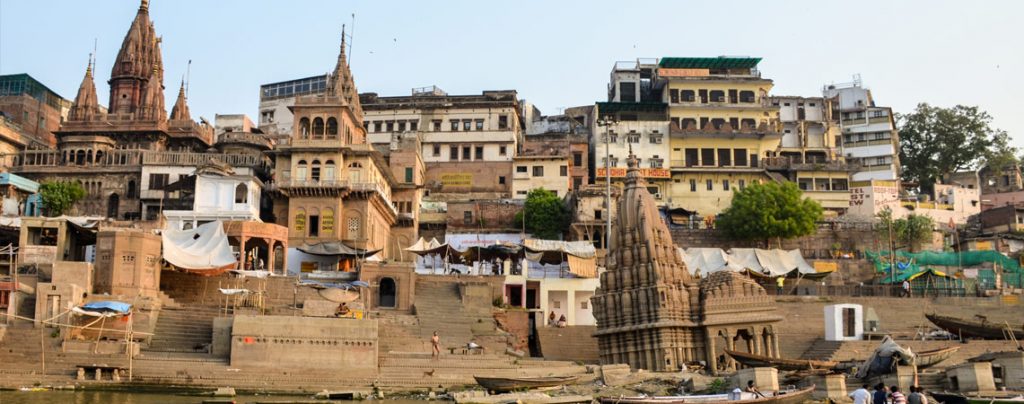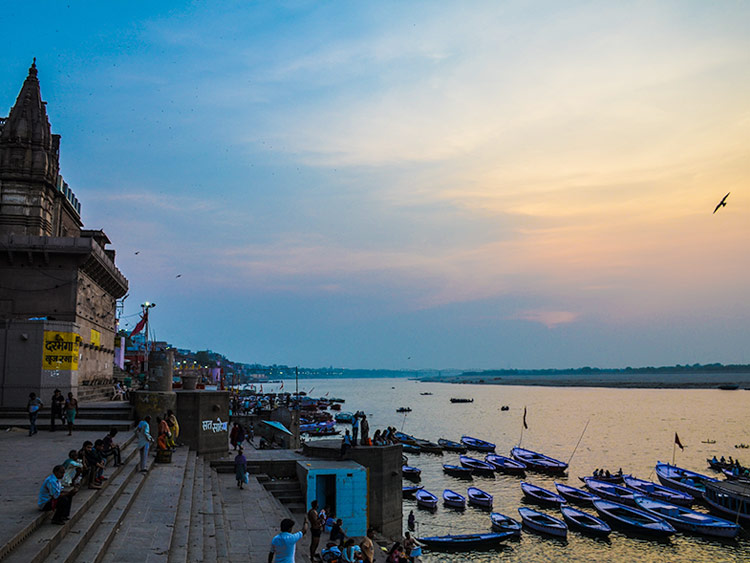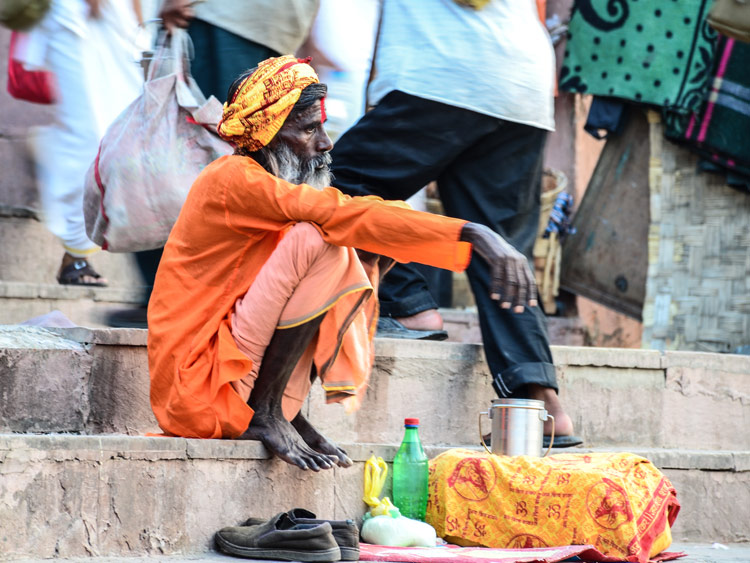

Atul Raj
Atul Raj is a Law Graduate who has been living in Delhi for 15 years. He is currently preparing for civil services and is surrounded by UPSC books, more than his liking. In his free time, he ventures into the city alone at wee hours of the time like a psychopath in a Hollywood movie. He claims to be an approachable next- door guy until his favorite football team Manchester United looses. He sincerely lives off on a staple diet of endless cups of Chai and books.
My mother knocked on my room at 4.30 am to wake me up but I was already up and ready with my camera. She did not want to miss the morning aarti, while I could not miss capturing the city waking up to life. We were visiting the ancient city of Varanasi, named after the rivers Varuna and Assi, tributaries of river Ganga, which form the north and south boundaries of the city. Considered to be one of the oldest continuously inhabited cities in the world, Varanasi was known as ‘Kashi’ in the Vedic age and later the name got corrupted in colonial times to ‘Benaras’.
We proceeded to Dashashwamedh Ghat, considered to be the most important among the 88 ghats that adorn this city. A few hundred metres away from the ghat, my mother took her own path. She entered the small alley that led to the temple of Kashi Vishwanath, the principal deity of Varanasi, joining hundreds of others who like her were holding little thaalis of offerings. I moved ahead, straight to the river bank.
I walked up and down the ghat a few times and I was able to find the perfect spot to capture the break of dawn. The place was already brimming with people, Sadhus filling their chillums, boatmen looking for tourists, locals inventing their own yoga asanas, and pilgrims ready to wash away their sins in the holy river. Up in the sky, the sun rays had begun to pierce the blue azure, and the river below was beginning to glow.
After an hour of exploring the nearby ghats, I decided to take a boat ride on the Ganges. The boat moved north and I came across the famous Scindia Ghat, known for its partially submerged Shiva Temple. It is said that the ghat could not endure the weight of the temple and collapsed, leaving behind an abandoned and ruined structure. Further north was the Manikarnika Ghat, considered to be the most auspicious place for a Hindu to be cremated. My boatmen said, “Death, which comes before Moksha, is the primary business of Benaras.”
From the river, the city appeared to be timeless. As Mark Twain said,
“Benaras is older than history, older than tradition, older even than legend and looks twice as old as all of them put together.”























